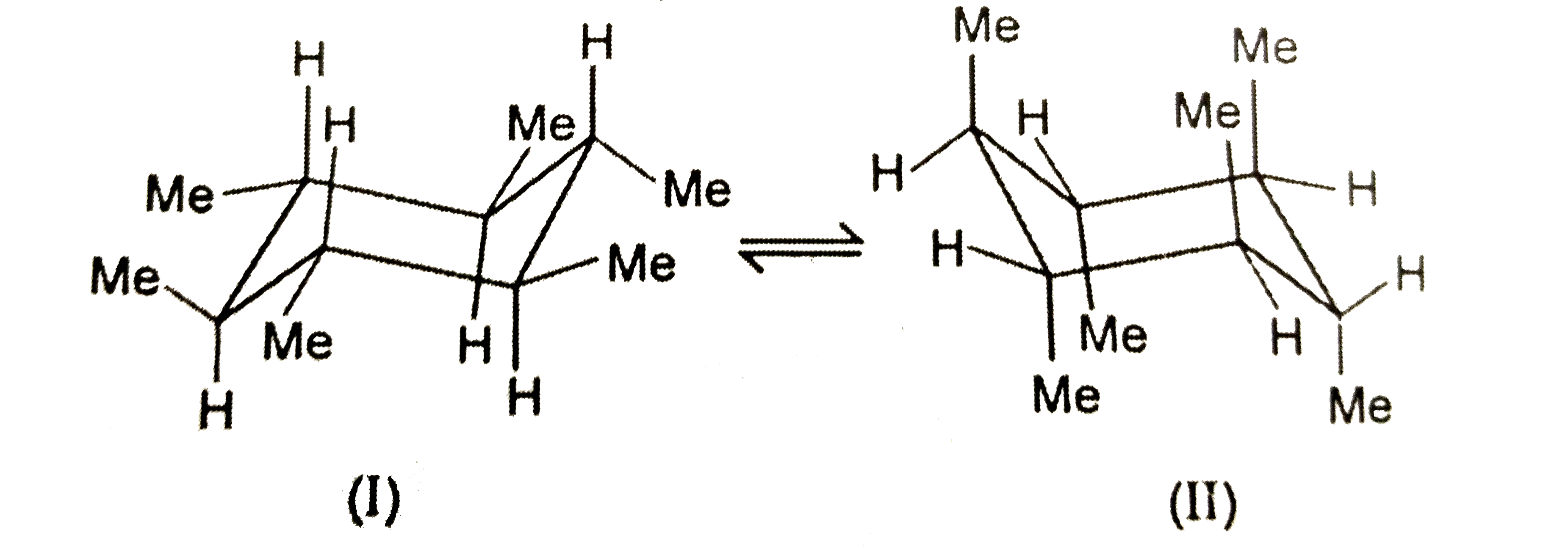Benzene or borazine, which is more reactive and why ?
To determine which compound is more reactive between benzene and borazine, we can analyze their structures and the nature of their bonds.
Step 1: Draw the Structures
- Benzene (C6H6): Benzene has a hexagonal ring structure with alternating double bonds between the carbon atoms. Each carbon atom is bonded to one hydrogen atom.
Structure:
CCC∣|∣|C−−−C C
- Borazine (B3N3H6): Borazine is an inorganic compound that can be considered an analogue of benzene. It consists of alternating boron (B) and nitrogen (N) atoms in a six-membered ring, with each boron and nitrogen atom bonded to one hydrogen atom.
Structure:
BNB∣|∣|N−−−B N
Step 2: Analyze Polarity
- Benzene: The carbon-carbon bonds in benzene are non-polar due to the similar electronegativity of carbon atoms. Therefore, benzene is a non-polar molecule overall.
- Borazine: In borazine, the bonds between boron and nitrogen are polar because nitrogen is more electronegative than boron. This results in a partial negative charge on nitrogen and a partial positive charge on boron, making borazine a polar molecule.
Step 3: Reactivity Comparison
- Reactivity in organic compounds often increases with the polarity of the bonds. Polar molecules tend to react more readily with other polar substances or electrophiles due to the presence of partial charges.
- Benzene: Being non-polar, benzene is relatively stable and less reactive in electrophilic substitution reactions.
- Borazine: The polar nature of the B-N bonds in borazine increases its reactivity. The presence of partial charges makes it more susceptible to attack by nucleophiles or electrophiles.
Conclusion
Based on the analysis, borazine is more reactive than benzene due to its polar nature and the presence of polar bonds, which enhances its ability to participate in chemical reactions.
---
- Benzene (C6H6): Benzene has a hexagonal ring structure with alternating double bonds between the carbon atoms. Each carbon atom is bonded to one hydrogen atom.
Structure:
CCC∣|∣|C−−−C C
BNB∣|∣|N−−−B N
- Benzene: The carbon-carbon bonds in benzene are non-polar due to the similar electronegativity of carbon atoms. Therefore, benzene is a non-polar molecule overall.
- Reactivity in organic compounds often increases with the polarity of the bonds. Polar molecules tend to react more readily with other polar substances or electrophiles due to the presence of partial charges.
Based on the analysis, borazine is more reactive than benzene due to its polar nature and the presence of polar bonds, which enhances its ability to participate in chemical reactions.
Topper's Solved these Questions
- BOOK - CENGAGE CHEMISTRY ENGLISHCHAPTER - P-BLOCK GROUP 13 - BORON FAMILYEXERCISE - Solved Examples16videos
P-BLOCK GROUP 13 - BORON FAMILY
- BOOK - CENGAGE CHEMISTRY ENGLISHCHAPTER - P-BLOCK GROUP 13 - BORON FAMILYEXERCISE - Ex 6.1 (Subjective)17videos
P-BLOCK GROUP 13 - BORON FAMILY
- BOOK - CENGAGE CHEMISTRY ENGLISHCHAPTER - ORGANIC REACTION MECHANISMEXERCISE - Analytical and Descriptive6videos
ORGANIC REACTION MECHANISM
- BOOK - CENGAGE CHEMISTRY ENGLISHCHAPTER - P-BLOCK GROUP 14 - CARBON FAMILYEXERCISE - Exercises Archives (Subjective)9videos
P-BLOCK GROUP 14 - CARBON FAMILY
Similar Questions
Knowledge Check
- Question 1 - Select One
Among the following which is more reactive toward AgNO3?
A B
B C
C D
D
Out of Cu and Ag, which is more reactive ?
View SolutionWhy is ICI more reactive than I2?
View SolutionA metal which is more reactive than calcium.
View SolutionName the reducing agent in the following reaction: 3MnO2 + 4Al———— > 3Mn + 2Al2O3 State which is more reactive, Mn or Al and why?
View SolutionDraw the structures of white phosphorus and red phosphorus. Which one of these two types of phosphorus is more reactive and why?
View Solution(a)What happens when white phosphorus is heated with concentrated NaOH solution in an inert atmosphere of CO2?
(b)Draw the structure of white phosphorus and red phosphorus. Which one of these two types of phosphorus, is more reactive and why ?View SolutionNitration is an example of aromatic electrophilic substitution and its rate depends upon the group already present in the benzene ring. Out of benzene and phenol, which one is more easily nitrated and why ?
View Solution


